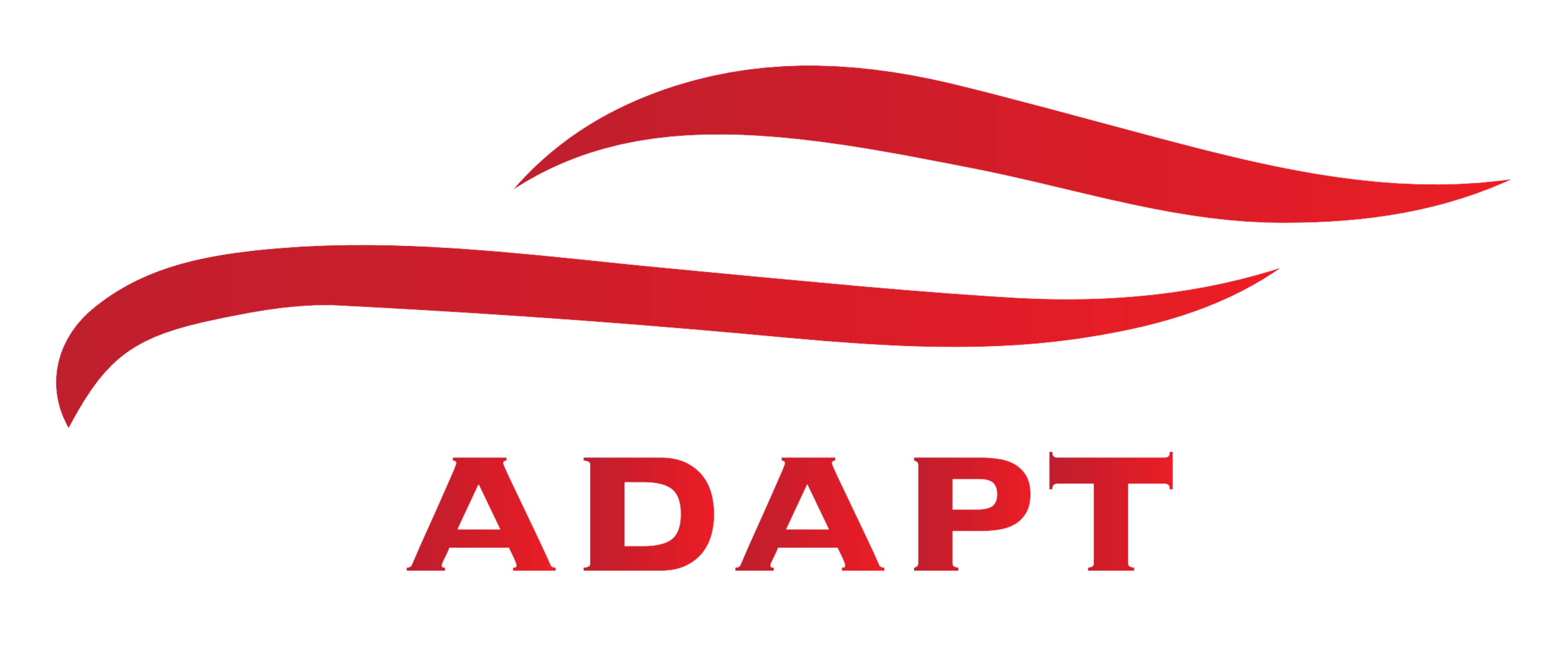Demonstration #1
For Demonstration #1 of the Fall Validation Demonstration (FVD), the terrain comprehension subsystem was evaluated against M.P.1 and M.P.2., which stipulate the accuracy of the segmentation of road and puddle, respectively. For both road and puddle, over 65% of frames had an IoU of at least 65%, meaning that the requirements were successfully achieved. The mean IoU across all frames of each class for the train, validation, and test datasets are shown in the table below. The perception subsystem was also able to run in real-time at 18 FPS on the Jetson Xavier.

Demonstration #2
For the second demonstration, the entire pipeline of the system from start to end was demonstrated. The performance requirements that had to be satisfied for this demonstration were M.P.3., M.P.4., M.P.5., and M.P.6. which stated that the planning horizon had to be greater than 4m, the vehicle had to exhibit real-time motion controls, the maximum distance from the waypoints had to be 0.75m, and 60% of the puddles had to be traversed at speeds less than 2 m/s or avoided completely. A live feed of the real-time terrain segmentation was displayed. Sensor values, state estimates, and trajectories generated by the online planner were also shown on the GUI. The trajectories were constantly regenerated to account for deviation from the path and new terrain information. Since the GPS board was damaged on the day of the demonstration, localization accuracy suffered. This also affected the performance of planning and controls. However, the IMU and encoders still pro-vided state estimates that the system could use to avoid puddles. An example of the robot tracking around puddles can be seen in the video here.
Demonstration #3
The third demonstration tested the robot enclosure’s Ingress Protection (IP64) capability with a splash test to satisfy the non-functional requirement M.N.3. It involved pouring water over the enclosure and checking if the interior was dry to touch. At FVD encore, the test was conducted with a suitable amount of water, which the enclosure withstood resulting in a dry interior.
